- sort orderDefault
Photo title, A → Z
Photo title, Z → A
✔ Date created, new → old
Date created, old → new
Date posted, new → old
Date posted, old → new
Visits, high → low
Random - Google Map
- map
 home / Plantae · augalai / Asparagaceae · smidriniai / Scilloideae / Scilla siberica · sibirinė scylė
home / Plantae · augalai / Asparagaceae · smidriniai / Scilloideae / Scilla siberica · sibirinė scylė

-
 Scilla siberica · sibirinė scylė
Scilla siberica · sibirinė scylė
-
 Scilla siberica · sibirinė scylė
Scilla siberica · sibirinė scylė
-
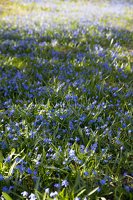 Scilla siberica · sibirinė scylė
Scilla siberica · sibirinė scylė
-
 Scilla siberica · sibirinė scylė
Scilla siberica · sibirinė scylė
-
 Scilla siberica · sibirinė scylė
Scilla siberica · sibirinė scylė
-
 Scilla siberica · sibirinė scylė
Scilla siberica · sibirinė scylė
-
 Scilla siberica · sibirinė scylė
Scilla siberica · sibirinė scylė
-
 Scilla siberica · sibirinė scylė
Scilla siberica · sibirinė scylė
-
 Scilla siberica · sibirinė scylė
Scilla siberica · sibirinė scylė
-
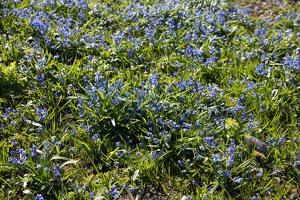 Scilla siberica · sibirinė scylė
Scilla siberica · sibirinė scylė
-
 Scilla siberica · sibirinė scylė
Scilla siberica · sibirinė scylė
-
 Scillia siberica · sibirinė scylė
Scillia siberica · sibirinė scylė
-
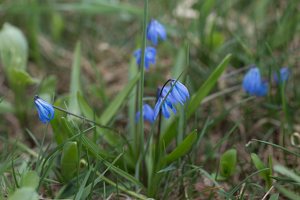 Scilla siberica · sibirinė scylė
Scilla siberica · sibirinė scylė
-
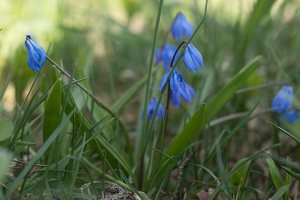 Scilla siberica · sibirinė scylė
Scilla siberica · sibirinė scylė
-
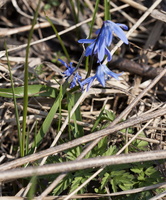 Scillia siberica · sibirinė scylė
Scillia siberica · sibirinė scylė
Scilla siberica · sibirinė scylė
- siberian squill, wood squill
- Sibirischer Blaustern
- sibirinė scylė
- Sibīrijas zilsniedzīte
- cebulica syberyjska
Native to southwestern Russia, the Caucasus, Turkey. It is not native to Siberia. Growing to 10–20 cm tall by 5 cm wide, it is a bulbous perennial, with two to four strap-shaped leaves appearing in early spring, at the same time as the nodding, blue, bell-shaped flowers. After flowering, the flower stems become limp as capsules (pods) mature. At maturity, the capsules become purple and split open, releasing small, dark brown seeds. When the seeds are mature, the leaves wither and the plant goes dormant until the next spring.
S. siberica is cultivated for its bluebell-like flowers. It naturalizes rapidly from seed. At 15 cm, it is suitable for planting in grass, and will spread by seed to form large colonies that go dormant by the time grass needs to be mowed. In the Midwestern United States it is becoming invasive in some situations.
Savaime auga Vidurio ir Pietų Europoje, Kryme, Kaukaze, Mažojoje Azijoje. Rūšies pavadinimas yra tradicinis, bet Sibire niekur neauga. Aukštis 10-20 cm aukščio. Svogūninė gėlė, žydi kovo – balandžio mėn., po žydėjimo subrandina sėklas, antžeminė dalis nunyksta iki kito pavasario. Auginamas kaip dekoratyvinis augalas gėlynuose, kapinėse, dažnai aptinkama sulaukėjusi.